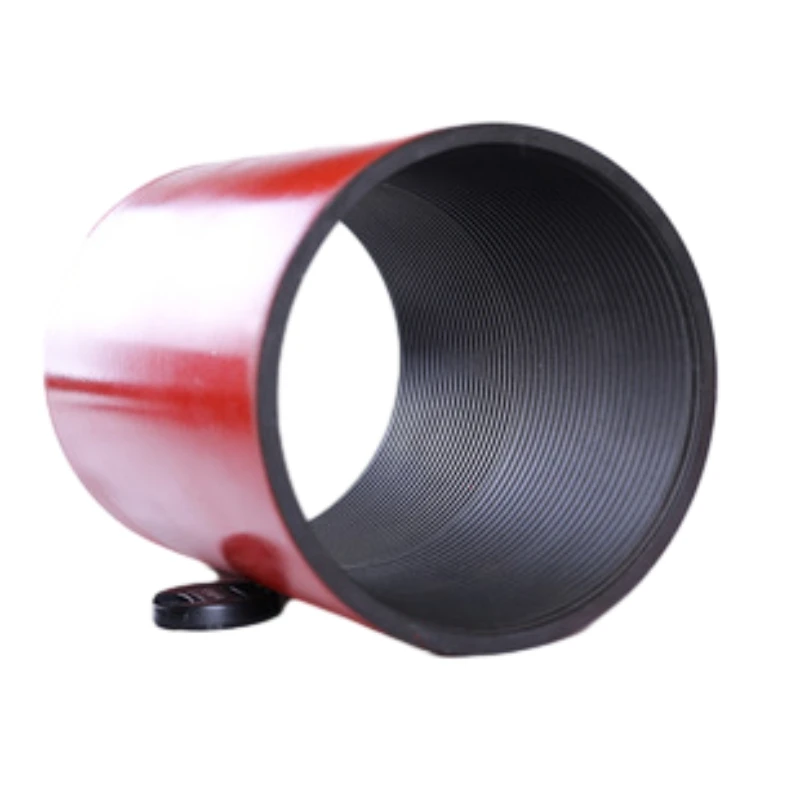- Afrikaans
- Albanian
- Amharic
- Arabic
- Armenian
- Azerbaijani
- Basque
- Belarusian
- Bengali
- Bosnian
- Bulgarian
- Catalan
- Cebuano
- Corsican
- Croatian
- Czech
- Danish
- Dutch
- English
- Esperanto
- Estonian
- Finnish
- French
- Frisian
- Galician
- Georgian
- German
- Greek
- Gujarati
- Haitian Creole
- hausa
- hawaiian
- Hebrew
- Hindi
- Miao
- Hungarian
- Icelandic
- igbo
- Indonesian
- irish
- Italian
- Japanese
- Javanese
- Kannada
- kazakh
- Khmer
- Rwandese
- Korean
- Kurdish
- Kyrgyz
- Lao
- Latin
- Latvian
- Lithuanian
- Luxembourgish
- Macedonian
- Malgashi
- Malay
- Malayalam
- Maltese
- Maori
- Marathi
- Mongolian
- Myanmar
- Nepali
- Norwegian
- Norwegian
- Occitan
- Pashto
- Persian
- Polish
- Portuguese
- Punjabi
- Romanian
- Russian
- Samoan
- Scottish Gaelic
- Serbian
- Sesotho
- Shona
- Sindhi
- Sinhala
- Slovak
- Slovenian
- Somali
- Spanish
- Sundanese
- Swahili
- Swedish
- Tagalog
- Tajik
- Tamil
- Tatar
- Telugu
- Thai
- Turkish
- Turkmen
- Ukrainian
- Urdu
- Uighur
- Uzbek
- Vietnamese
- Welsh
- Bantu
- Yiddish
- Yoruba
- Zulu
galvanized steel pipe coupling
Understanding Galvanized Steel Pipe Couplings
Introduction
Galvanized steel pipe couplings are critical components in various plumbing, construction, and industrial applications. They are designed to connect two pipes seamlessly, ensuring a secure and leak-proof joint. Understanding the characteristics, advantages, and installation methods of galvanized steel pipe couplings is essential for professionals and DIY enthusiasts alike.
What is Galvanized Steel?
Galvanized steel refers to steel that has been coated with zinc to prevent corrosion. The galvanization process involves hot-dipping the steel in molten zinc or electro-coating it with zinc, forming a protective layer that enhances the metal's durability. Galvanized steel is commonly used in outdoor and industrial environments where exposure to moisture and corrosive elements is prevalent.
The Role of Pipe Couplings
Pipe couplings are fittings that connect two sections of pipe. They come in various materials, including plastic, copper, and galvanized steel. The choice of material depends on factors such as the application, environment, and pipe material. Galvanized steel couplings are particularly popular in applications involving water, gas, and sewage due to their strength and resistance to corrosion.
Types of Galvanized Steel Pipe Couplings
1. Straight Couplings These are the most common type, designed to join two pipes of identical diameters in a straight line. Straight couplings ensure a smooth transition between pipes, maintaining consistent flow and pressure.
2. Reducing Couplings These couplings are used when connecting pipes of different diameters. A reducing coupling allows for the transition from a larger pipe to a smaller pipe, maintaining efficiency in systems where flow reduction is necessary.
3. Coupling with Threads Threaded couplings feature internal or external threads that allow for easy attachment to threaded pipes. This type of coupling is widely used in plumbing applications where pipes need to be easily disassembled or reconfigured.
4. Compression Couplings These couplings use a compression mechanism to create a seal between the pipes. They are easy to install and do not require welding or threading, making them ideal for quick repairs or setups.
Advantages of Galvanized Steel Pipe Couplings
galvanized steel pipe coupling

1. Corrosion Resistance The zinc coating provides excellent protection against rust and corrosion. This is particularly important in applications exposed to moisture, ensuring a longer lifespan of the piping system.
3. Cost-Effective Compared to other materials, galvanized steel offers a balance of affordability and durability. Its longevity reduces the need for frequent replacements, lowering overall costs in the long run.
4. Versatility These couplings can be used in various applications, including plumbing, heating, and cooling systems, making them a versatile choice for contractors and engineers.
Installation of Galvanized Steel Pipe Couplings
Proper installation of galvanized steel pipe couplings is crucial for ensuring a leak-free connection. Here are general steps to follow during the installation process
1. Prepare the Pipes Cut the pipes to the desired length and ensure the ends are clean and free of debris. Use a pipe cutter for a clean cut.
2. Debur the Edges Smooth out the cut edges of the pipes to prevent damage to the coupling and facilitate a better seal.
3. Apply Pipe Thread Sealant (if applicable) For threaded pipes, apply an appropriate pipe thread sealant or Teflon tape on the threads to enhance the seal.
4. Attach the Coupling Insert the ends of the pipes into the coupling and secure them by either tightening the threads or using a wrench for compression types.
5. Check for Leaks Once installed, turn on the water or gas supply slowly and check for any leaks. If leaks are detected, tighten the connections or reapply sealant as necessary.
Conclusion
Galvanized steel pipe couplings are an integral aspect of modern piping systems due to their durability, strength, and corrosion resistance. By understanding the types, benefits, and installation techniques, one can ensure efficient and reliable piping solutions for various applications. Whether in residential plumbing or industrial settings, choosing the right coupling is vital for the longevity and performance of your piping system.
-
Tubing Pup Joints: Essential Components for Oil and Gas OperationsNewsJul.10,2025
-
Pup Joints: Essential Components for Reliable Drilling OperationsNewsJul.10,2025
-
Pipe Couplings: Connecting Your World EfficientlyNewsJul.10,2025
-
Mastering Oilfield Operations with Quality Tubing and CasingNewsJul.10,2025
-
High-Quality Casing Couplings for Every NeedNewsJul.10,2025
-
Boost Your Drilling Efficiency with Premium Crossover Tools & Seating NipplesNewsJul.10,2025







